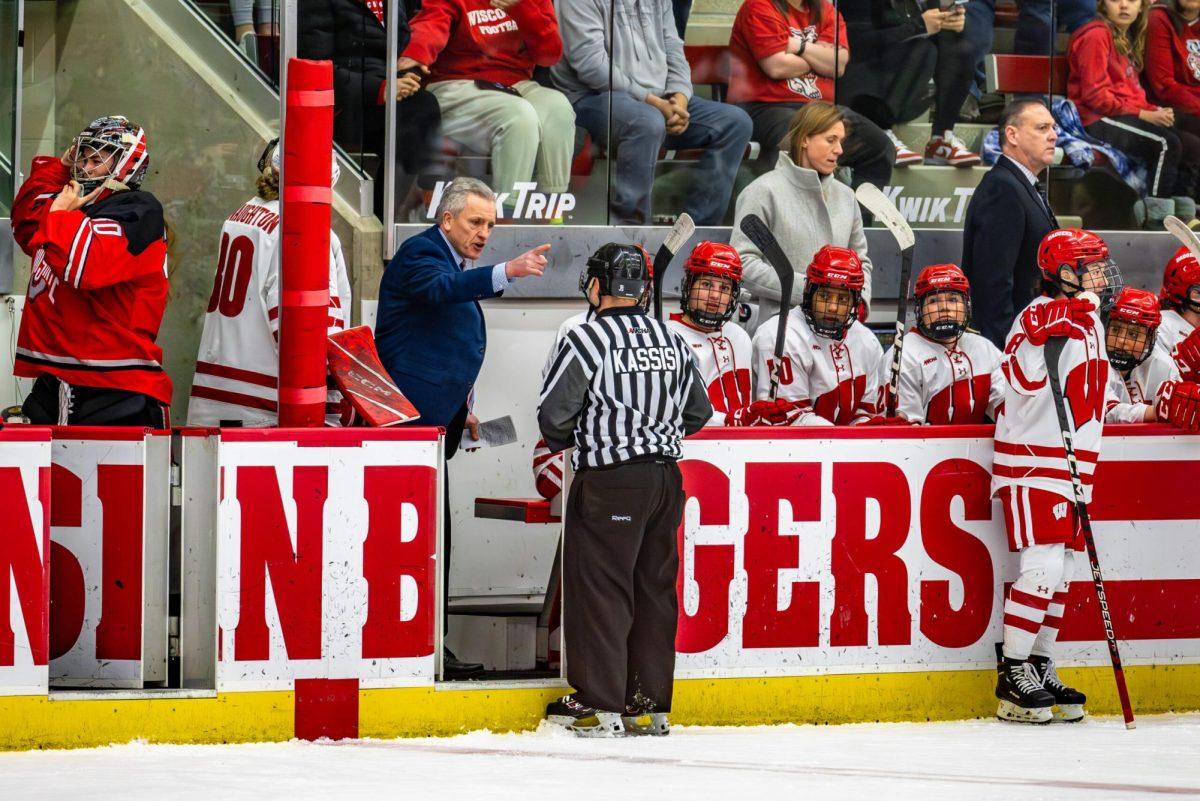MLB officials are very proud of themselves right now. After a few of the ugliest months in baseball history the league has released its groundbreaking new steroid policy, the policy that will end the scourge of steroid use and preserve the integrity and legitimacy of our national pastime.
“I just hope it’s the Cadillac of all testing policies because that’s what MLB needs,” Cardinals manager Tony La Russa told the Boston Globe. “It’s the message we need to send our fans. There’s no question there was a problem and we need to do everything we can to make sure the problem disappears.”
Major league baseball needed to make a statement, one that left no doubt about the league’s dedication to ridding the game of steroids, amphetamines, and all other known substances that have threatened the game’s legitimacy. Selig and the boys needed the Cadillac of all testing policies.
Instead, they got a 16-year-old Volvo station wagon. Like an old beat-up Volvo, the new policy is safe (MLB won’t have to worry about its stars being suspended for too long) and effective (considering that its real purpose was to get those pesky senators off the league’s back and convince the disillusioned public that the league actually cares about silly things like integrity). But let’s face, this policy is no Cadillac.
Don’t let all of the optimism pouring out of the league office fool you. The new steroid policy is still a joke. Let’s take a look.
The centerpiece of the new policy is a 10-day suspension for a player’s first positive test. While certainly better than the last policy, which did not call for a suspension until the second positive test, a 10-day suspension can hardly be expected to scare anyone straight.
According to the new policy, a steroid user can still suit up for 155 games (96 percent of the 162-game schedule) after testing positive. After two positive tests, the suspension moves to 30 days, and a third positive test yields a 60-day suspension.
Then we get to another major victory for the purists. While the old policy does not call for a one-year suspension until the fifth positive test, the new policy assigns a one-year suspension after just four. Now that’s what I call accountability.
“Basically, instead of having to hold up the liquor store five times before you get a one-year suspension, you only have to hold it up four times,” World Anti-Doping Agency chairman Dick Pound told the Associated Press.
Still impressed with the MLB’s bold new position on steroids? Let’s see how the new policy stacks up against the World Anti-Doping Agency standard, which is used for the Olympic Games. The Olympic standard includes a two-year suspension for the first positive test and a lifetime ban for a second positive test.
Well, four percent of the season is kind of close to a one-year suspension, right? And 30-days (18 percent of the season) is just short of a lifetime ban. I’d say the MLB is making one hell of a statement with this one.
At least one person is convinced that the new policy will forever end baseball’s steroid problem. Shortly after assuring the nation of Santa Claus’ existence, MLB player’s union head Donald Fehr issued the following statement.
“I will be surprised if over time this doesn’t take care of the problem virtually
completely.”
Fehr later fielded questions about the league’s involvement in negotiations that would bring the Tooth Fairy to the nation’s capital to serve as the mascot for the newly formed Washington Nationals.
While the new punishments fall comically short of Olympic standards, which themselves have failed to prevent the majority of Olympic track stars from ‘roiding it up, the new MLB policy did take major strides in the number of tests that will be administered and, more importantly, added the necessary step of ensuring that test dates will not be given to the players in advance. Under the new policy, every player will be tested at least once and randomly selected players will face additional testing. There is no limit to the number of tests a player can undergo per season.
Here, the league has actually taken a major step in the right direction. However, it is a step that should have been taken years ago and until it is accompanied by a reasonable set of penalties it will not accomplish much.
Furthermore, even here the league falls short of not only the Olympic standard, but even its own standard for the minor leagues. Since 2002, the minor-league policy has mandated that every player face four unannounced tests per year. Four tests a year for every player, not one test per player and a few more for randomly selected ones. If the MLB believes its minor league players should be held to that level of accountability, what possible rationale can the league office have for failing to institute a similar standard in the show?
Speaking of aspects of the minor league policy that are not present in the major league rulebook (even the new and improved version), how does the new policy address amphetamines, widely considered an even more pressing issue than steroids? Surely, the new policy takes a firm stance against stimulants, which experts predict are used by many players before each and every game.
Nope. You didn’t really think Donald Fehr and Co. would concede that much did you? The new policy does not address amphetamines at all.
“Amphetamines, better known as ‘greenies,’ have a long tradition in baseball,” Dr. Gary Wadler of the World Anti-Doping Agency told the Associated Press. “For them not to ban it raises questions.”
So why has the league decided to disregard the issue of amphetamines?
“Stimulants are a complicated area,” chief labor negotiator Rob Manfred told the Associated Press. “Are they performance enhancing? How should they be regulated? That’s something that we’ve put to the health policy advisory committee to look at because we weren’t prepared to deal with it.”
I know the health policy advisory committee probably has a lot on its plate right now, so I figured I’d offer up some suggestions that might help them get Mr. Manfred the answers he needs. Are stimulants performance-enhancing? Yes. How should they be regulated? They should be banned from baseball. Thousands of dollars worth of research later, the advisory committee should come to those very conclusions.
Finally, we come to the expanded list of banned substances. That list now includes all known steroids and steroid precursors, masking agents and diuretics, designer steroids and human growth hormone.
Well, kind of. The plan is to eventually test for human growth hormone, but not until scientists engineer a way to detect the substance in urine tests. At the moment, HGH is only detected through blood testing. So why can’t the league implement blood testing? Steroid users clearly aren’t bothered by needles.
In the end, the new HGH clause is a fitting metaphor for the new MLB steroid policy. As long as they can convince the public that they’re trying to do something about steroids, the league really doesn’t care if it actually accomplishes anything.
“Either you want your sport to be drug-free, or you want to do just enough to get people like the president and Sen. McCain and Sen. Biden off your back by throwing them some scraps,” Pound told the Associated Press.
The fact that Selig and Co. couldn’t even come up with a plan as tough as the one already in place in the minors should answer that question. I know it’s a lot of work to come up with a whole new policy, but couldn’t they just use the one they already had? I mean, Selig’s been talking about that thing for weeks. Seems like it would have been a good place to start.
So let’s recap. No policy whatsoever for amphetamines, no testing for HGH until the scientists can invent one, only one guaranteed test per year, a 10-game suspension for a positive test and only after being caught four times does a player receive a one-year suspension. The new policy is weaker than the minor league requirements and shouldn’t even be mentioned in the same sentence as the Olympic standard. And this is the policy that is supposed to save baseball. Forgive me for being a bit skeptical.














